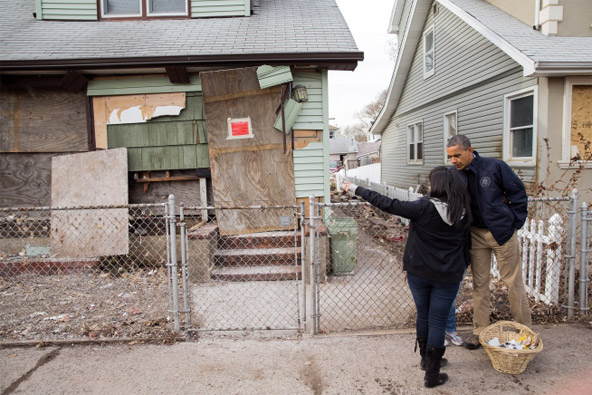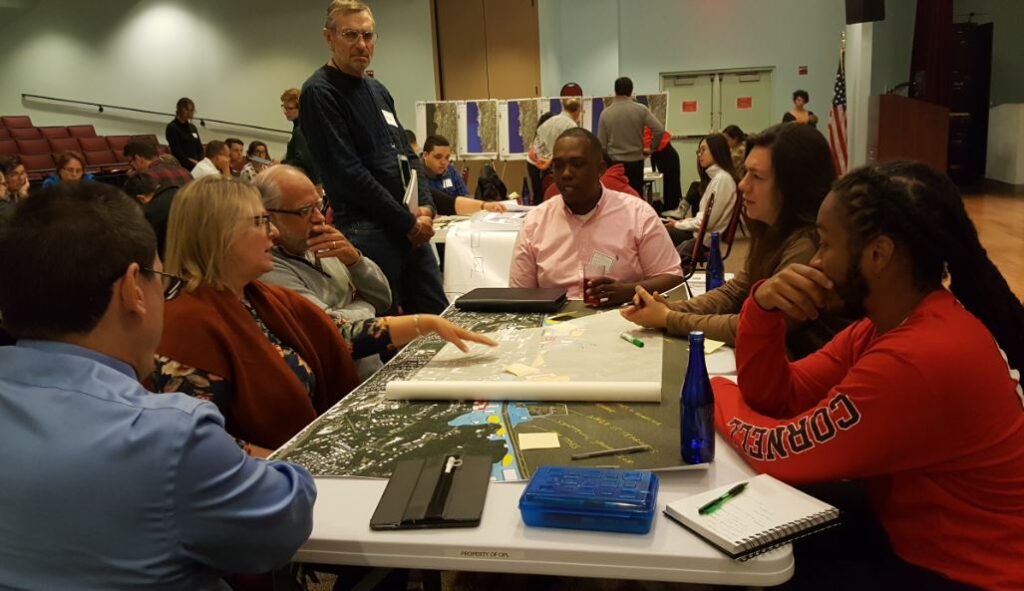Everyone can feel that the days are getting warmer. Everyone can see that the rains are falling faster and the ocean is rising higher.
We all see that the climate is changing, but we don’t all know how to prepare. Even if you had the motivation to do so, where would you begin? This question is easier to answer for some. If you’re a homeowner you might elevate your home, utilize flood-proofing materials in its construction, or move to higher ground. If you’re the mayor of a town near the ocean you could look into federal buyout programs or apply for grants to increase your community’s resilience to flooding. In either of these situations, you are likely to receive more information and assistance solely because you own property or have access to power.
But what if you are none of these things? For you, it might be more difficult to understand your role and your risks in the Climate Crisis.
Of course, this doesn’t mean that you aren’t affected. Anyone renting an apartment in New York City during Hurricane Sandy will tell you: you don’t need to be a property owner to be impacted by climate hazards. Unfortunately, while you are certainly impacted, you might not have access to information or assistance. As a practitioner of enhancing climate resiliency in New York’s Hudson Valley, I see this as a major failing.
Too often, monetary assistance and outreach are steered away from renters and vulnerable populations.
This was the case for many NYC residents after Hurricane Sandy. After the storm, the Mayor’s office of New York created the Build it Back program to assist residents to “repair, rebuild, and elevate their homes, or relocate.” But this assistance was not evenly distributed.
In a 2014 study by the organization Make the Road New York, researchers found disproportionately low participation by renters in the Build it Back assistance program. One reason was that homeowners had access to conveniently located Build it Back offices throughout the boroughs where they could bring documents and seek aid. This was not the case for renters, who only had access to a single office in downtown Manhattan. Additionally, Build it Back provided no Spanish-language services. Renters in the City are likely to speak Spanish as their primary language, so many were unable to communicate with staff and enroll in the program.
Similar stories can be heard throughout the state and the nation.

Image source: https://obamawhitehouse.archives.gov/issues/hurricane/sandy
State, federal, and municipal disaster resources are consistently directed towards property owners and wealthy residents and away from renters and vulnerable populations. This is particularly concerning because we know that these populations are disproportionately impacted by climate hazards by living in older housing stock, in more flood-prone areas, and by having fewer resources with which to recover from a disaster.
It is imperative that we remedy this failing before the Climate Crisis worsens.
As a climate resilience staff member at the Hudson River Estuary Program, I am currently seeking opportunities for more inclusive engagement for communities on the issue of Climate Change. I believe there is much to be gained by expanding our efforts to reach a broader audience that includes renters, non-native English speakers, immigrants, and other groups that have been historically underserved by environmental organizations. This is not only an opportunity, but a necessity if we are to meaningfully prepare for the worst impacts of the changing climate.
Photo Credit: Libby Zemaitis, Hudson River Estuary Program
If you feel under-prepared for Climate Change and want to know more about your risks, I encourage you to check out some of the resources below. If you are a practitioner in the field of Climate Change, check out some of these models for more inclusive projects.
Spanish Language version of Third National Climate Assessment: https://ccass.arizona.edu/resources/spanish-language
Cornell Water Resources Institute on Climate Change in the Hudson Valley: https://wri.cals.cornell.edu/hudson-river-estuary/climate-change-hudson-river-estuary/helping-communities-become-climate-resilient/climate-projections-nys/
The Noise Project, a collaboration between scientists and community-based organizations: https://noiseproject.org/about/project-history/
Push Buffalo is a community-driven organization dedicated to sustainable housing and green infrastructure: https://www.pushbuffalo.org/push-blue/


